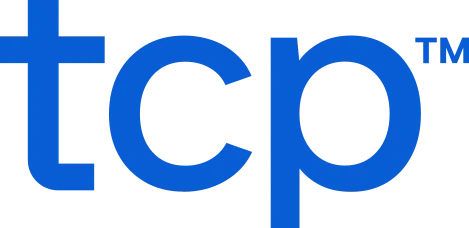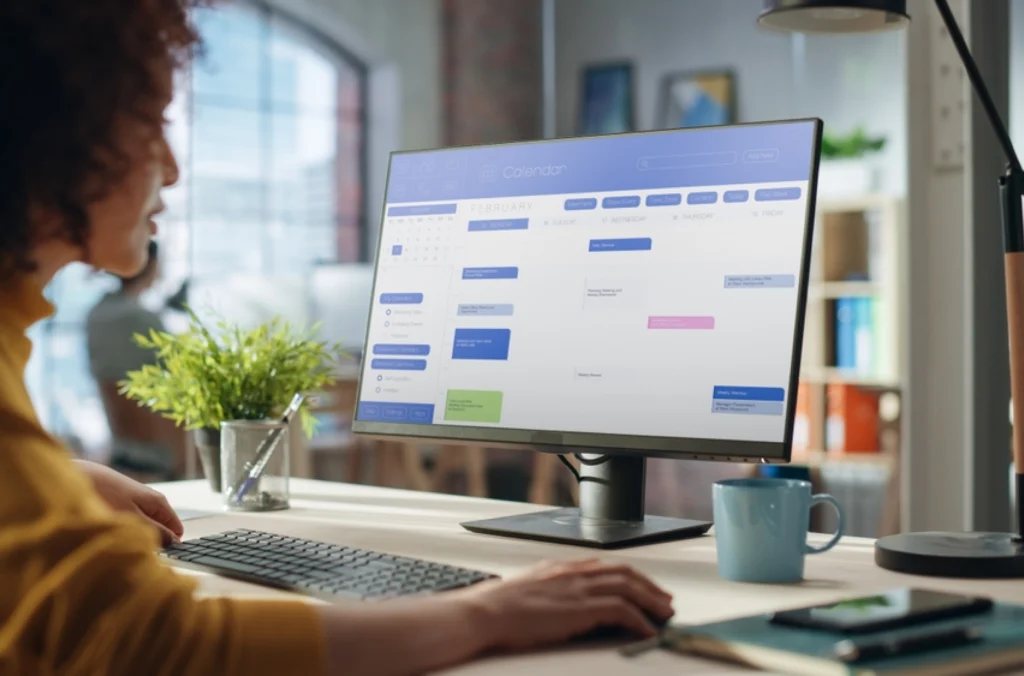ERP, HCM, and payroll integrations built for your business
Save time, money, and resources with employee scheduling and time tracking integrations that fit right in with the systems you use daily.

End the swivel chair syndrome and break siloes for good
TCP offers hundreds of secure, scalable integrations with your ERP, HCM, and payroll systems to help your teams work together and get stuff done.
We play nicely with your existing tech
Our flexible, vendor agnostic integrations make it easy to connect TCP time tracking and scheduling solutions to the tools your teams use every day.
We alleviate payroll pressures
Improve payroll for everyone involved with connected systems, simpler business processes, and accurate data that make every paycheck perfect.
We keep your data nice, neat, and in sync
Do more with your data with a lot less work. Our integrations reduce manual work, tidy up your data, and automate workflows so you can work smarter, not harder.
Connect to your ERP and HCM systems
Work is way easier when everything works together. From the HR big leagues to smaller shops, send your time, attendance, and scheduling data to your existing ERP and HCM platforms. Easier workflows, cleaner data, and better business insights.


Payroll complete in hours, not days
Each organization has its own payroll puzzles to solve, like calculating complex pay rules and navigating various labor laws and employment policies. Slash payroll time and mitigate compliance risk with hundreds of pre-built payroll integrations that help you get time right and stay compliant.
Accurate timekeeping in any workplace
Securely send your raw punch data from TCP clocks to your Oracle and Workday systems with TCP Direct. With a variety of time collection devices to choose from — including mobile options with geofencing and geolocation — TCP Direct helps you confidently capture every minute.

Featured resources
Explore all resources

